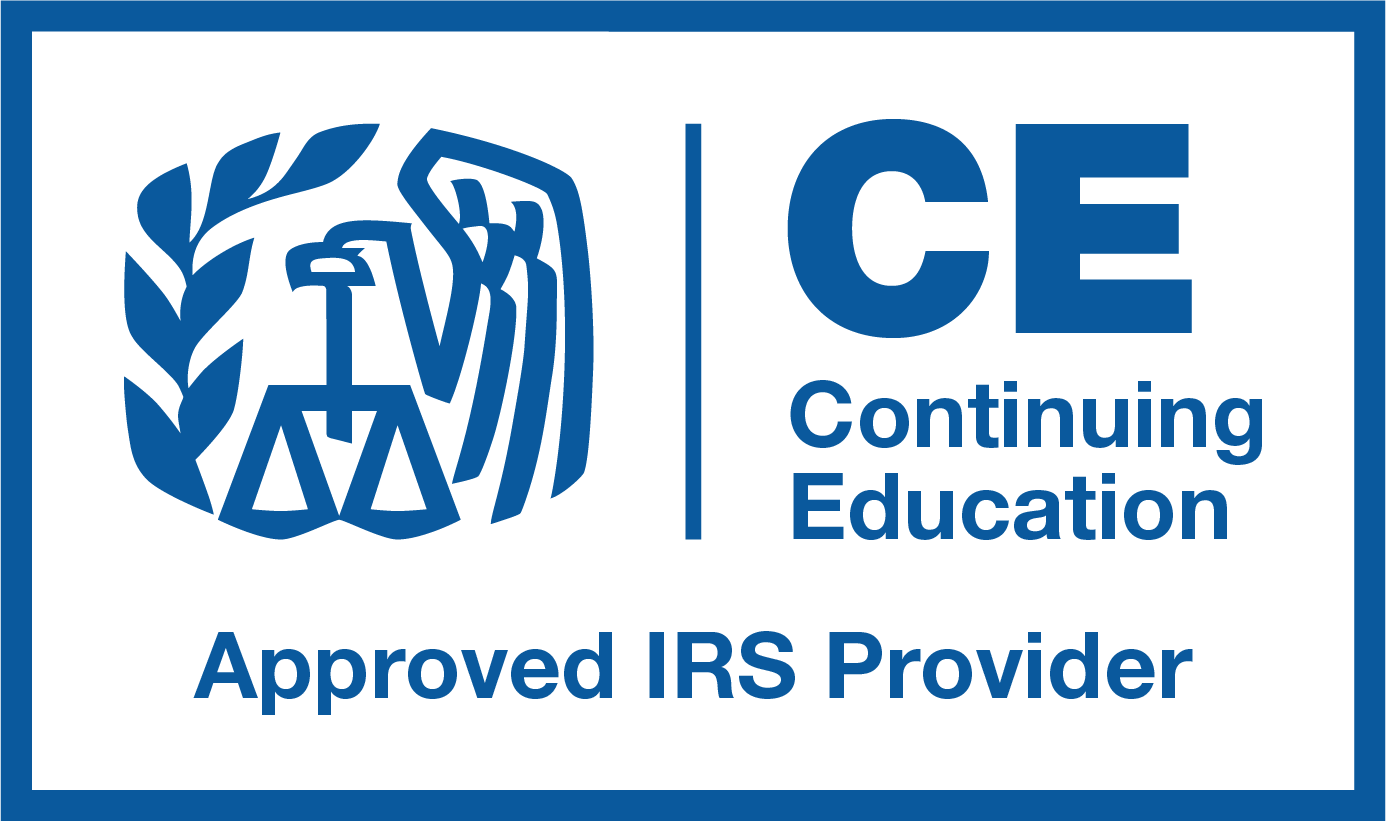This year, millions of U.S. taxpayers will learn just how much of an impact the Tax Cuts and Jobs Act (TCJA) had on their income tax liability. But the change in tax brackets has highlighted a misunderstanding many taxpayers hold—that their highest tax bracket controls how all their income is taxed. Knowing how tax brackets work can drive dozens of different financial decisions, and today’s taxpayers can change their financial future just by optimizing the way their income is taxed.
Bracket-Based Taxation
For 2018, there are seven different tax brackets ranging from 10 percent to 37 percent. These numbers represent a taxpayer’s top marginal tax rate, and being in a 37 percent bracket doesn't mean all a taxpayer’s income is taxed at 37 percent.
Many taxpayers who were previously in a 15 or 25 percent top bracket are now in the 12 or 22 percent bracket—and for some, reducing their household taxable income by just a few thousand dollars can mean a 10 percent or more reduction in how these dollars are taxed. If any of your clients are on the cusp of a lower tax bracket, advising them to bump up their IRA contributions or take other steps to reduce taxable income can save them a bundle.
For example, a married couple filing jointly who earned $90,000 in 2018 would pay a 22 percent tax rate on the top $12,600 of their income (compared with a 12 percent tax rate on everything between $19,050 and $77,400). If both spouses placed $5,500 in a pre-tax IRA, reducing their taxable income by $11,000, they’d only pay a 22 percent tax rate on $1,600 of their income—saving nearly $2,400 in taxes.
Helping Clients Optimize Their Brackets
Many of the TCJA’s changes are temporary—unless Congress steps in before 2026, tax brackets for individuals and married couples will revert to their 2017 levels in 2026. This means that taxpayers who are enjoying the benefit of a lower top tax bracket post-TCJA should generally place as many assets in post-tax accounts as they can. For those who are firmly within a lower-than-normal tax bracket, placing retirement funds in post-tax accounts like Roth IRAs can reduce the amount of tax they’ll pay over the course of a lifetime.








